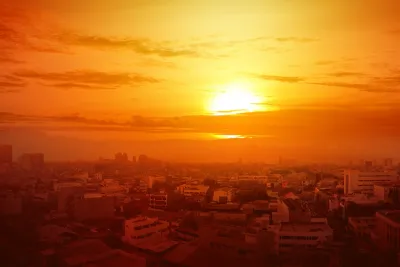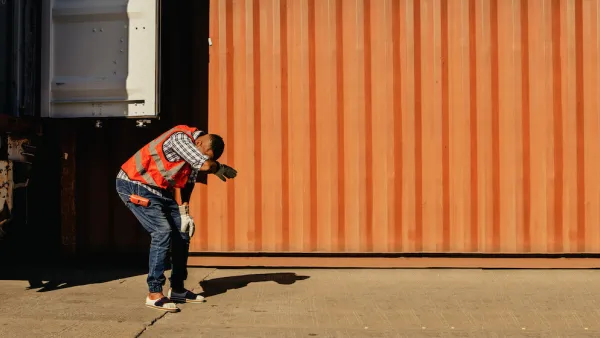With this year bringing on more record heat waves, governments at the local and federal levels are elevating extreme heat management as an urgent priority.

The trend of hotter summer is not abating as temperatures continue to break records, writes Carl Smith in Governing, putting residents of fast-growing cities like Phoenix at risk for heat-related illnesses and death.
“According to the 2022 Heat Deaths Report from the Maricopa County Department of Public Health, the county had 425 “heat-associated” deaths in 2022, a combination of fatalities caused directly by heat and those in which heat was a contributing factor.” That number was 25 percent higher than in 2021, and over twice as high as the average between 2016 and 2019.
Ariella Dale, a health scientist for the Maricopa County Department of Public Health, says it is crucial for cities to drill down into the details of heat-related deaths and understand who dies and why. “If a community does not already have experience dealing with heat, Dale says, a first step is evaluating gaps in communication and services for communities at highest risk. These tend to be the same groups — the old, the unhoused, the poor — that are most vulnerable to infectious disease outbreaks and other preventable health problems.”
As part of its response, Maricopa County has created an interactive “heat relief” map to help residents locate cooling centers, hydration stations, and locations to collect bottled water donations.
In addition to short-term heat management strategies, “The long-term objective is heat mitigation — adapting, rethinking and redesigning urban spaces so that they do not intensify atmospheric heat.” Strategies include green infrastructure, cool pavement and roof materials, and solar panel installations that provide both shade and renewable energy.
FULL STORY: Still Too Damn Hot — 2024 is Another One for the Record Books

National Parks Layoffs Will Cause Communities to Lose Billions
Thousands of essential park workers were laid off this week, just before the busy spring break season.

Retro-silient?: America’s First “Eco-burb,” The Woodlands Turns 50
A master-planned community north of Houston offers lessons on green infrastructure and resilient design, but falls short of its founder’s lofty affordability and walkability goals.

Delivering for America Plan Will Downgrade Mail Service in at Least 49.5 Percent of Zip Codes
Republican and Democrat lawmakers criticize the plan for its disproportionate negative impact on rural communities.

Test News Post 1
This is a summary

Test News Headline 46
Test for the image on the front page.

Balancing Bombs and Butterflies: How the National Guard Protects a Rare Species
The National Guard at Fort Indiantown Gap uses GIS technology and land management strategies to balance military training with conservation efforts, ensuring the survival of the rare eastern regal fritillary butterfly.
Urban Design for Planners 1: Software Tools
This six-course series explores essential urban design concepts using open source software and equips planners with the tools they need to participate fully in the urban design process.
Planning for Universal Design
Learn the tools for implementing Universal Design in planning regulations.
EMC Planning Group, Inc.
Planetizen
Planetizen
Mpact (formerly Rail~Volution)
Great Falls Development Authority, Inc.
HUDs Office of Policy Development and Research
NYU Wagner Graduate School of Public Service





























